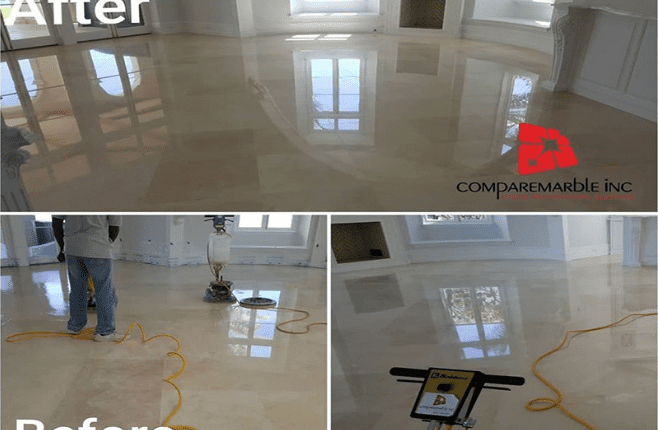How to Seal a Marble Floor at Your Home Yourself
When it comes to creating beautiful homes, working on making the floors look perfect always ends up being worth it. Especially when you get to do it yourself and that too for marble flooring. Even though working on installing a floor ends up being a straightforward process, the effort is needed when it comes to using the best sealing floor techniques to ensure that your new floor has the best finishing possible. Because once you are able to get that shiny floor with little to no faults all around, it surely adds into not only the beauty of your living space but also to the seamlessness that you would want throughout.
And to help you with that, we are here to tell you all about everything that you need to do to make sure you get your brand-new marble floor sealed in the most perfect of ways. Especially if you are doing it all on your own. And trust us, it is not something that you would not be able to do. Rather, with the right materials and suitable techniques, you would definitely be able to do the best job that you can. And it would surely be worth the effort.
Why seal your marble floor?
Marble is a material that is quite porous and can easily end up absorbing moisture from all over, creating stains and various kinds of intrusions that you would never want. So to avoid any such problems, it is always a good idea to make sure that once installed, your floor gets sealed with good quality materials so that no unwanted effects come up with time.
And luckily, the process is not even a strenuous one! With almost an hour for each coat, it is fairly easy to seal your entire marble floor in a time effective way to make sure that you get the best protected floor out there.
What you will need?
There are only a few things that you would need for sealing your marble floor. A foam brush, a pH neutral cleaner, marble sealer, a clean rag, and a few handy techniques that would help you throughout the process.
Step 1: Test the marble surface
Before you start anything, you would want to test your marble surface to get an idea about if it really needs a seal coat or not. And doing that is extremely simple. All you have to do is take a spoonful of water and pour it on the surface, letting it stay put for almost half an hour. After this, all you have to do is clean up the water with the help of a paper towel and assess the surface for any sort of pigmentation from where you just blotted away water from. In case the marble seems to develop a dark spot, then that means your marble surface is absorbing water and hence needs a fresh coat of a good quality sealing material to help bring back its water-resistant properties, and hence avoid further damage.
Step 2: Clean your marble floor
This step is crucial to ensure that the application of your chosen sealant is smooth and also free of any kind of dirt and debris that might come up through the sealing medium. So, it is important to make sure that you use a pH balanced surface cleaner over your floor with the help of a clean rag to ensure that it is free from any kind of contamination. Also, make sure that you avoid any kind of cleaner that might be a bit on the acidic side as using that would lead to unwanted pigmentation all over your unsealed floor. And that is something that you would definitely not want. Especially when it comes to having a brand-new marble floor installed at your new living space.
Step 3: Test and apply the marble sealer
Before you move on to covering your whole floor with a sealer, it is a good option to do a test patch at one of the corners to ensure that no discoloration occurs due to your choice of sealant. Once you have done that, you can go ahead with covering your floor with your sealer using a foam brush. Make sure that you put up a very thin layer which can dry up easily in nothing more than an hour. Also, smooth out any bubbles that might come up to get that seamless finish.
Along with that, you would want to make sure that you seal up the present gout joints also so that no future pigmentation occurs over them.
Step 4: Apply the second coat
Once an hour passes by, check if the sealant is completely dry. This will take almost an hour. Once done, you would want to apply a second coat over the floor. After this, you would want to wait for almost 48 to 72 hours to resume normal use of the floor in order to be completely sure that your sealed floor is dry and ready to be used. After all, you would not want to bring up any issues after putting in so much hard work over your entire marble floor. But trust us, looking at the glossy marble finish, you will know that your effort was worth it. And the fact that you did it yourself will make it so much more special.
And there you have it, the easiest way of sealing marble floors and that you yourself. Trust us, you do not want to miss out on this.


